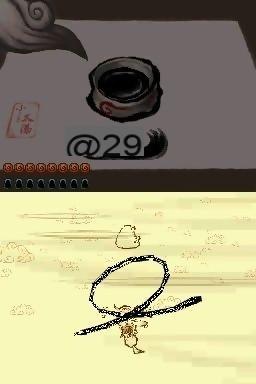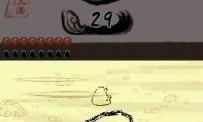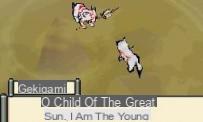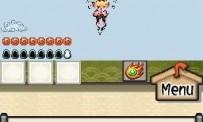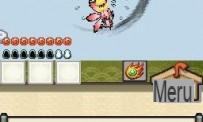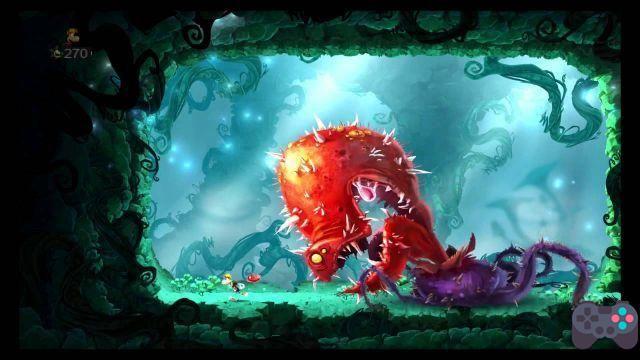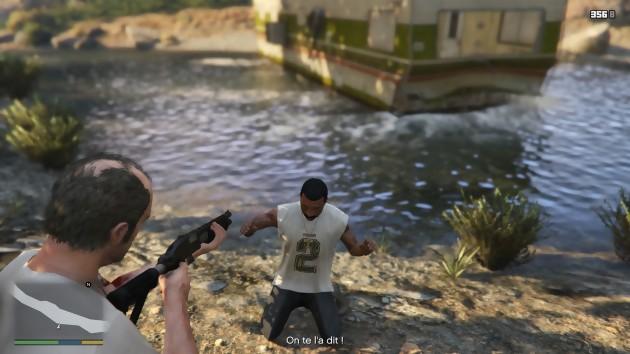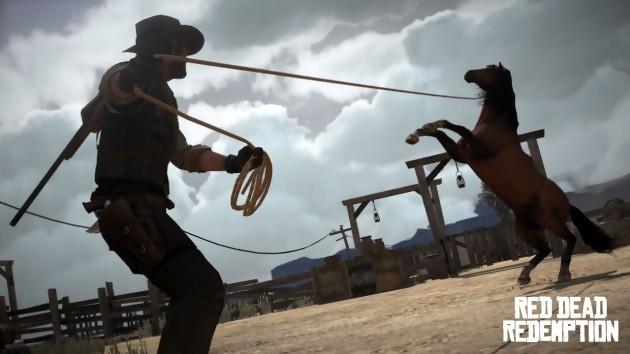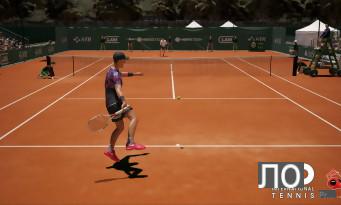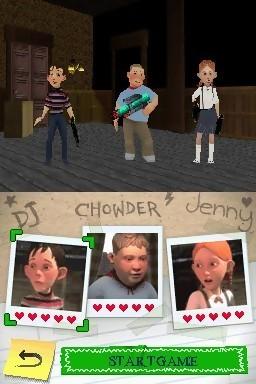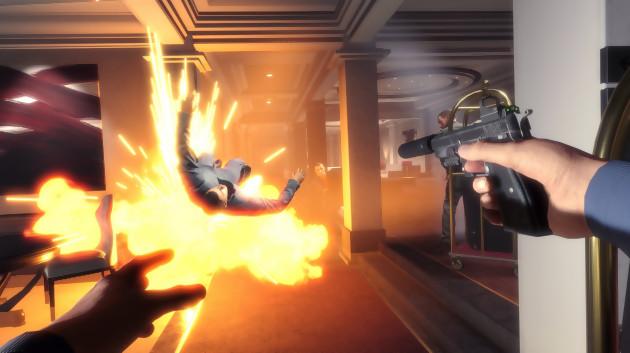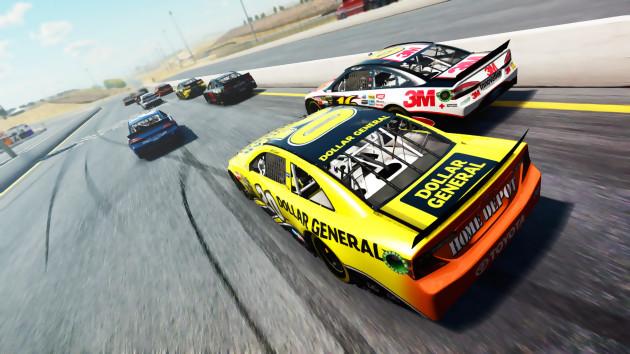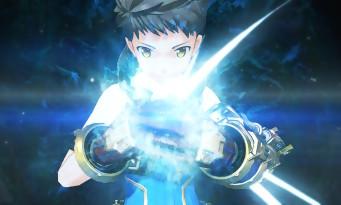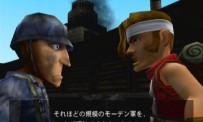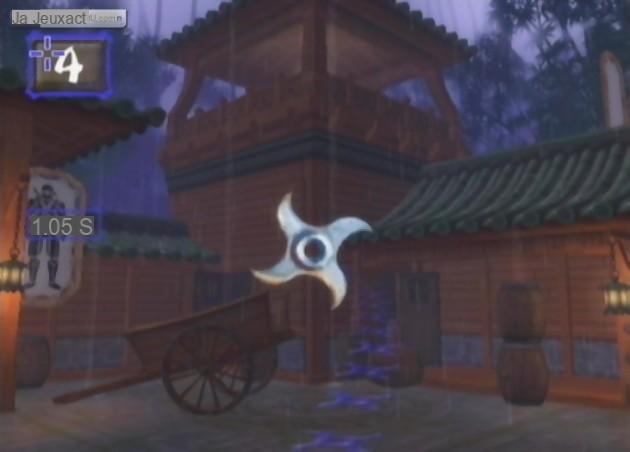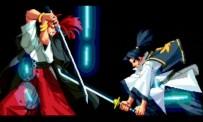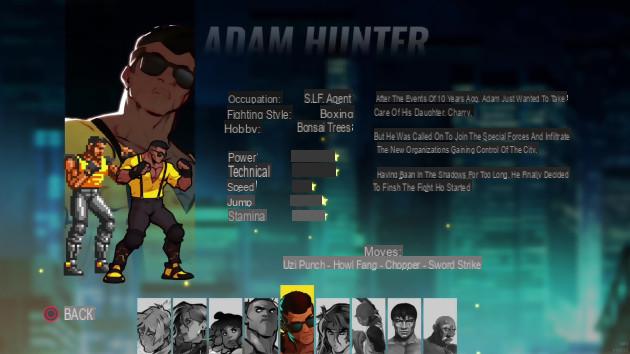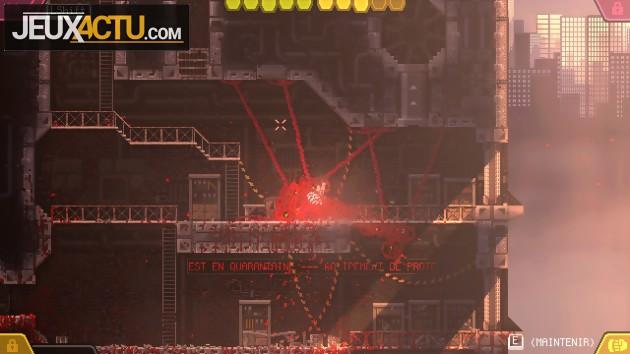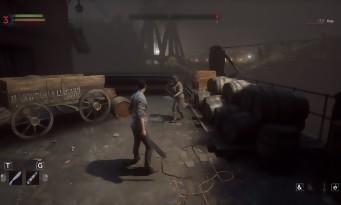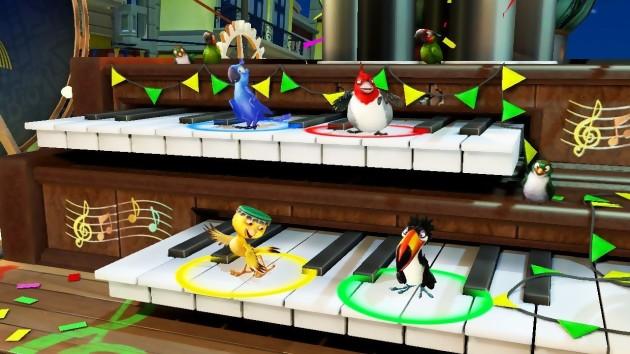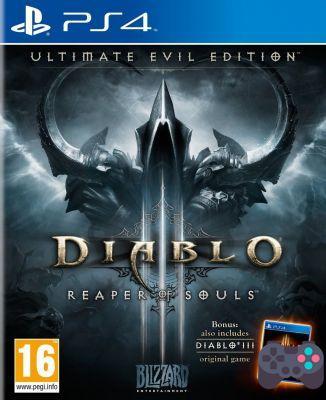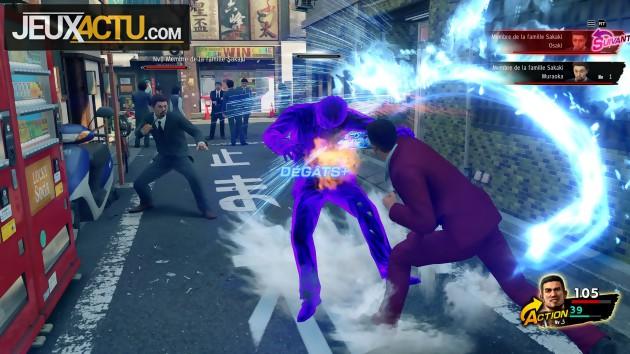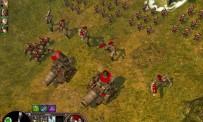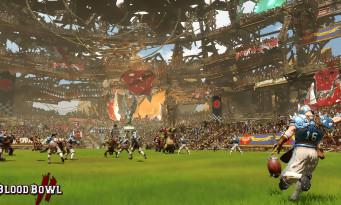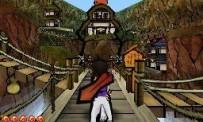 Does the DS have enough in the circuits to restore Okami's visual touch? This is the question that we can legitimately ask ourselves before launching the game. Well, let's not go overboard, the answer is yes, definitely yes! Very shimmering, the graphic aspect of Okamiden is a real success, thanks in particular to a most striking cel shading rendering. It is therefore with happiness that we reconnect with this unique and particular world. The Capcom teams have therefore done a very clean job by properly exploiting the resources of the portable console. Perhaps a little too much, judging by the slowdowns that occur from time to time during our games. But don't panic, we are far from disaster. If we immerse ourselves with delight in the very visual world of Okamiden, we will also be amazed with a soundtrack that should bring back good memories to fans of the original Okami. Music, sound effects and dialogues in Animal Crossing style yogurt, we have the feeling of returning to an old friend that we had not seen for a while. However, changes have been made, starting with the main character who is no longer Amateratsu but his son: Chibiteratsu. A rather strange choice but which shows Capcom's desire to appeal to a wider and especially younger audience. Purists will certainly cringe, but those who try the adventure will be charmed in the first moments. Indeed, we quickly get carried away by the kawaii side of the cub and by his journey which takes place nine months after the events of the first Okami. After this period of time, therefore, some areas of greater Nippon are still under the yoke of the forces of Evil. Neither one nor two, the hyperactive Issun summons our four-legged friend, and after a little explanation with the deity Sukuya, the mission is entrusted to Chibiteratsu, responsible for bringing back the light with the help of a visibly unreliable companion. . It's about Kuni, the son of Susano (the old man of the first episode) and who clearly lacks self-confidence. Despite everything, we will become attached to him and the bond that will be woven with Bâtard, the little nickname of Chibiteratsu, will make their separation even more difficult. Because Kuni will not be the only companion of our Chibi, who will have to cooperate with other jokers. Between the mermaid Nanami, the arrogance of Kagu and the cool attitude of Kurow, it is a gallery of colorful characters to which we are entitled. In addition to playing on the humor and the general atmosphere, these alliances will also have an influence on the course of the game, the mechanics of which are fundamentally unchanged.
Does the DS have enough in the circuits to restore Okami's visual touch? This is the question that we can legitimately ask ourselves before launching the game. Well, let's not go overboard, the answer is yes, definitely yes! Very shimmering, the graphic aspect of Okamiden is a real success, thanks in particular to a most striking cel shading rendering. It is therefore with happiness that we reconnect with this unique and particular world. The Capcom teams have therefore done a very clean job by properly exploiting the resources of the portable console. Perhaps a little too much, judging by the slowdowns that occur from time to time during our games. But don't panic, we are far from disaster. If we immerse ourselves with delight in the very visual world of Okamiden, we will also be amazed with a soundtrack that should bring back good memories to fans of the original Okami. Music, sound effects and dialogues in Animal Crossing style yogurt, we have the feeling of returning to an old friend that we had not seen for a while. However, changes have been made, starting with the main character who is no longer Amateratsu but his son: Chibiteratsu. A rather strange choice but which shows Capcom's desire to appeal to a wider and especially younger audience. Purists will certainly cringe, but those who try the adventure will be charmed in the first moments. Indeed, we quickly get carried away by the kawaii side of the cub and by his journey which takes place nine months after the events of the first Okami. After this period of time, therefore, some areas of greater Nippon are still under the yoke of the forces of Evil. Neither one nor two, the hyperactive Issun summons our four-legged friend, and after a little explanation with the deity Sukuya, the mission is entrusted to Chibiteratsu, responsible for bringing back the light with the help of a visibly unreliable companion. . It's about Kuni, the son of Susano (the old man of the first episode) and who clearly lacks self-confidence. Despite everything, we will become attached to him and the bond that will be woven with Bâtard, the little nickname of Chibiteratsu, will make their separation even more difficult. Because Kuni will not be the only companion of our Chibi, who will have to cooperate with other jokers. Between the mermaid Nanami, the arrogance of Kagu and the cool attitude of Kurow, it is a gallery of colorful characters to which we are entitled. In addition to playing on the humor and the general atmosphere, these alliances will also have an influence on the course of the game, the mechanics of which are fundamentally unchanged.
It obeys the finger and the stylus!
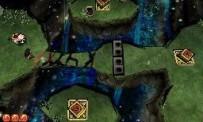 Like its elder, Okamiden will allow us to alternate between quiet moments in villages, a few crossings of plains, but also multiple dungeons filled with opponents. However, DS obliges, the game areas have been reduced compared to the home console version, and in general, Okamiden also puts the exploration side in the closet (exit swimming, exploration and side quests, reduced here at least). These restrictions are also felt at the level of progression, which is much more linear and interventionist in the dungeons. One could cry scandal in front of so much regression but in fact, it gives more dynamism to the story and strengthens the links between the characters, to the detriment of often useless wanderings. A good point then. We also welcome the variety of situations and the clashes against the bosses, which require more judgment than the basic fights. If all this is fine, it is so much to talk about the grip which, as you can imagine, uses the stylus, and this in a really intuitive way after having frozen the image. A line to cut, a circle to bloom a cherry tree or a loop to summon the wind: we are sailing on familiar ground and we feel that Capcom did not want to upset the principles of the original software (the magnetic power is the only novelty). It is therefore regularly that these sacred symbols will be called upon to restore life and joy to Japan. Ingeniously well established and offering diversity in their use, these abilities still have their little effect by delivering a small print side of the most pleasant. Otherwise, Okamiden is also inspired by The Legend of Zelda: Spirit Tracks and the complementarity between Link and Zelda. Concretely, the player controls Chibiteratsu but can also manage the movements of his sidekick via the touch screen to go to inaccessible areas or to solve a puzzle. A well-integrated cooperation which further strengthens the attachment with the children. A breath of fresh air is therefore blowing over Okamiden and that's good! However, some dark clouds are looming over the handling of the whole thing. Indeed, while the basic actions are managed via the buttons (movements, attacks...), it will be necessary to regularly keep the stylus in the palm of the hand to make a small drawing, in particular during confrontations which require alternate between the two ways of playing. This lack of ergonomics is frankly unpleasant and we would have preferred a fully tactile gameplay for more comfort. That said, you get used to it over time but better be warned.
Like its elder, Okamiden will allow us to alternate between quiet moments in villages, a few crossings of plains, but also multiple dungeons filled with opponents. However, DS obliges, the game areas have been reduced compared to the home console version, and in general, Okamiden also puts the exploration side in the closet (exit swimming, exploration and side quests, reduced here at least). These restrictions are also felt at the level of progression, which is much more linear and interventionist in the dungeons. One could cry scandal in front of so much regression but in fact, it gives more dynamism to the story and strengthens the links between the characters, to the detriment of often useless wanderings. A good point then. We also welcome the variety of situations and the clashes against the bosses, which require more judgment than the basic fights. If all this is fine, it is so much to talk about the grip which, as you can imagine, uses the stylus, and this in a really intuitive way after having frozen the image. A line to cut, a circle to bloom a cherry tree or a loop to summon the wind: we are sailing on familiar ground and we feel that Capcom did not want to upset the principles of the original software (the magnetic power is the only novelty). It is therefore regularly that these sacred symbols will be called upon to restore life and joy to Japan. Ingeniously well established and offering diversity in their use, these abilities still have their little effect by delivering a small print side of the most pleasant. Otherwise, Okamiden is also inspired by The Legend of Zelda: Spirit Tracks and the complementarity between Link and Zelda. Concretely, the player controls Chibiteratsu but can also manage the movements of his sidekick via the touch screen to go to inaccessible areas or to solve a puzzle. A well-integrated cooperation which further strengthens the attachment with the children. A breath of fresh air is therefore blowing over Okamiden and that's good! However, some dark clouds are looming over the handling of the whole thing. Indeed, while the basic actions are managed via the buttons (movements, attacks...), it will be necessary to regularly keep the stylus in the palm of the hand to make a small drawing, in particular during confrontations which require alternate between the two ways of playing. This lack of ergonomics is frankly unpleasant and we would have preferred a fully tactile gameplay for more comfort. That said, you get used to it over time but better be warned.
